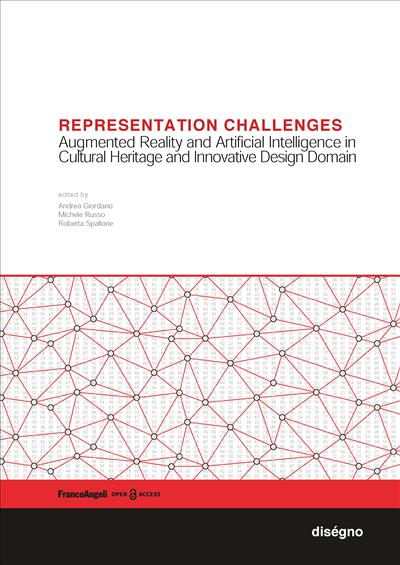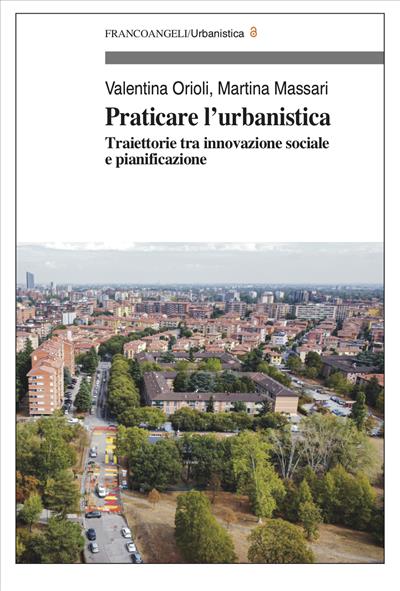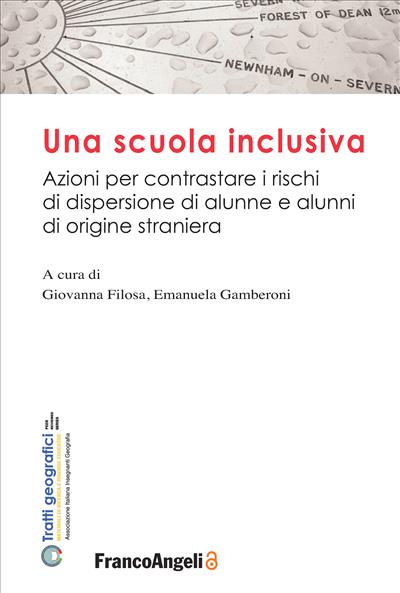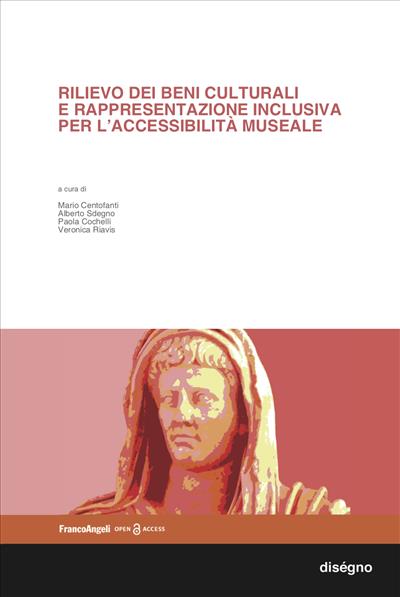
A cura di: Andrea Giordano, Michele Russo, Roberta Spallone
Representation Challenges
Augmented Reality and Artificial Intelligence in Cultural Heritage and Innovative Design Domain
Augmented Reality (AR) and Artificial Intelligence (AI) are technological domains that closely interact with space at architectural and urban scale in the broader ambits of cultural heritage and innovative design. The growing interest is perceivable in many fields of knowledge, supported by the rapid development and advancement of theory and application, software and devices. This book collects 66 papers and identify eight lines of research that may guide future developments.
Open Access
0,00
Open Access
0,00
Pagine: 432
ISBN: 9788835125280
Edizione:1a edizione 2021
Codice editore: 10342.2
Informazioni sugli open access




